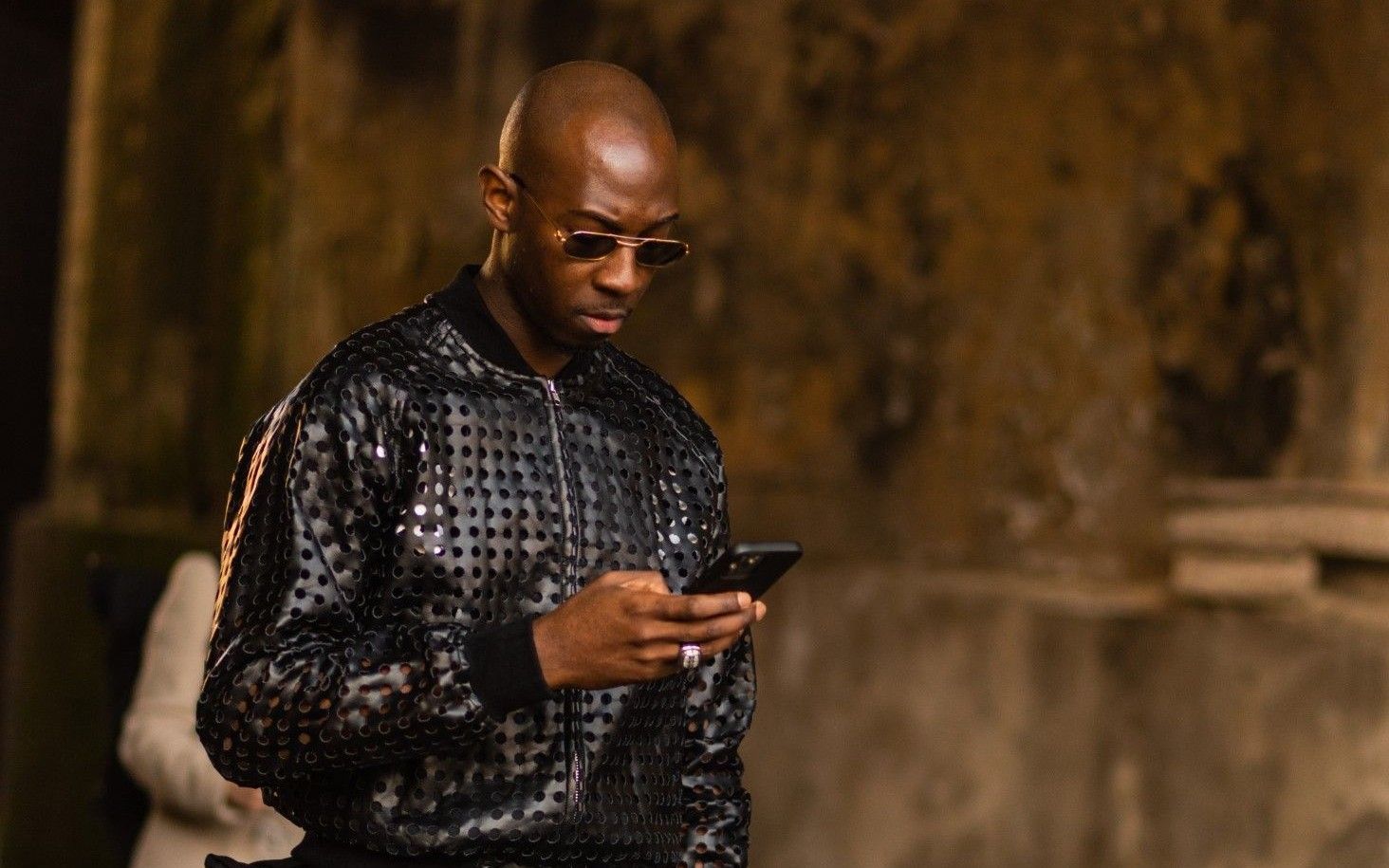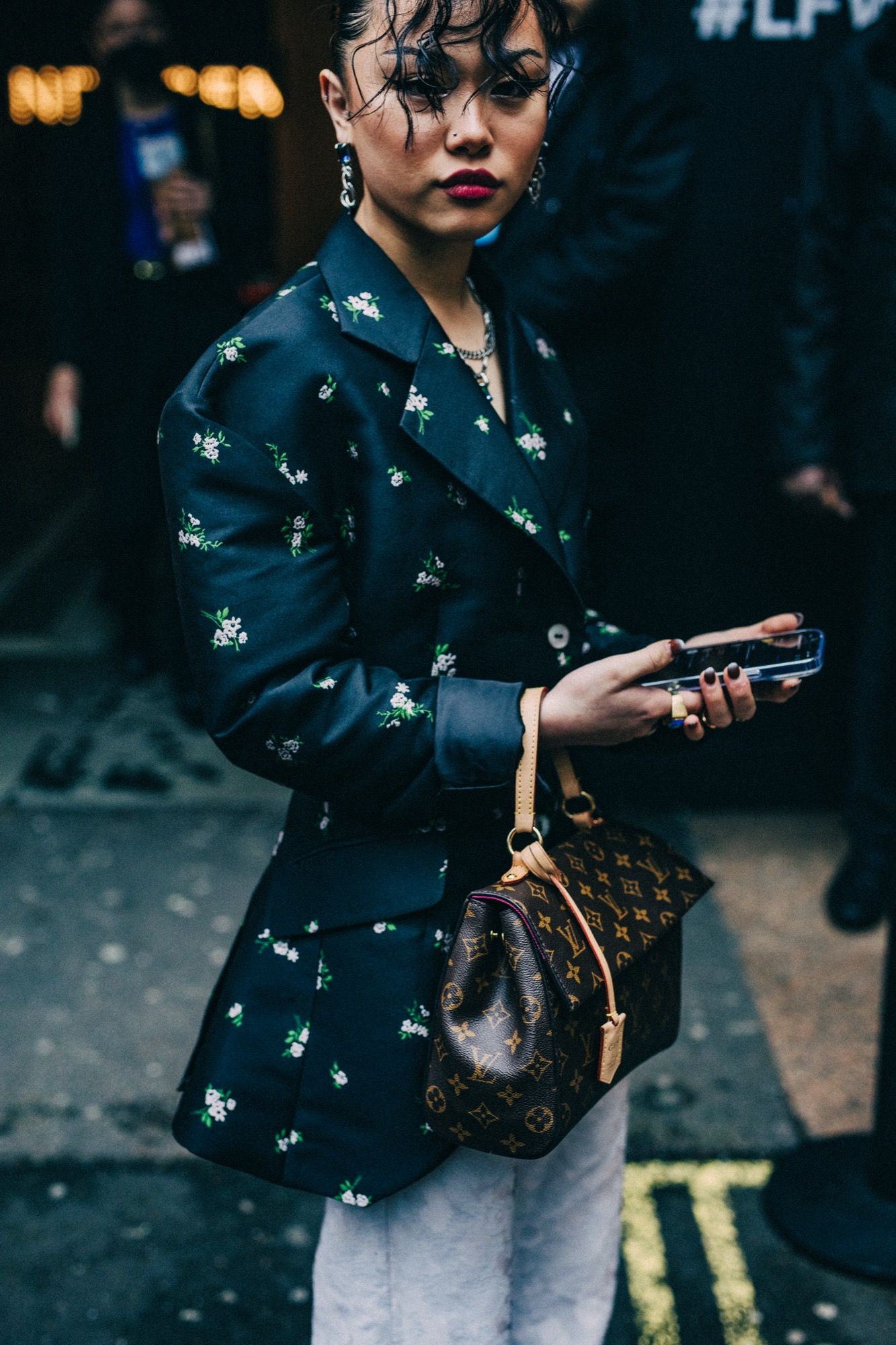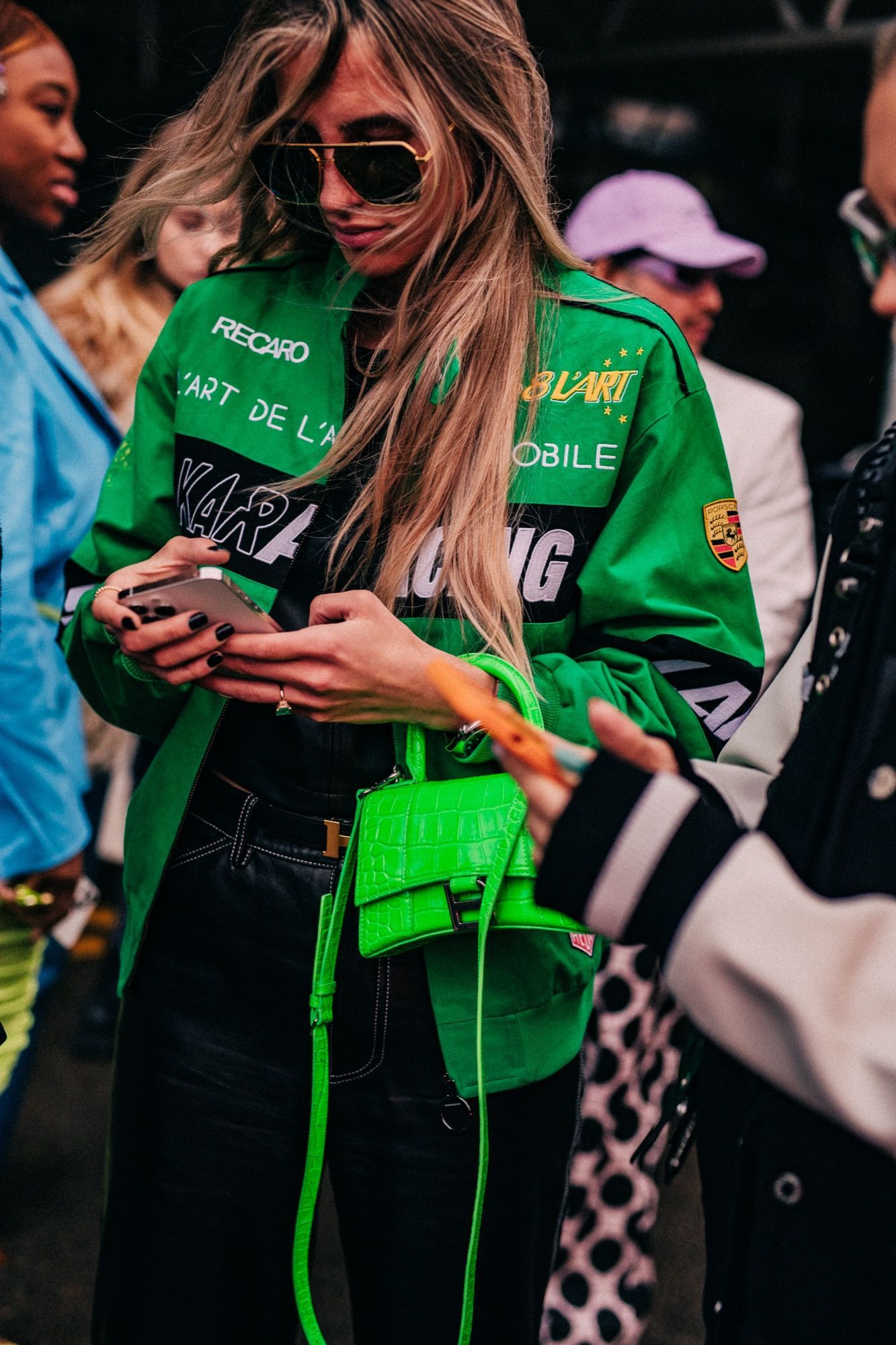
Who are the new digital consumers of fashion The vast world beyond crypto-bros
The metaverse is closer than many think. According to The Screenwear Paper published by Virtue Worldwide, in fact, 76% of the individuals interviewed said they were eager to experiment with platforms or brands related to the metaverse during the year saying they were ready to deepen activities such as virtual or augmented reality, digital currencies or immersive gaming experiences. These are not the so-called crypto-bros or very rich digital natives who love the tech world: of the 3000 digital consumers interviewed for the survey only 33% belong to Gen Z, with a majority of members of the Millennial generation and 15% of Gen X members. Of this large pool of users, made up of 47% of consumers who do not use cryptocurrencies, only 5% said they had no intention of buying virtual goods in the future – a sign that the fascination of the metaverse could go far beyond the audiences of crypto collectors, indeed, according to the report in the next three years «avatars will become commonplace and most people will own several virtual fashion items.».
The most emblematic words of the report come at the fortieth page: «Digital fashion is the fabric of identity in the digital world». And just like in physical fashion, the mere fact of having an identity or an avatar online represents a motivation to buy digital fashion – the second main motive instead is the need to use avatars in games or virtual social experiences, followed by the desire to own items of a specific brand or collaboration that you could not afford in real life, from the sense of community and the desire to participate in a trend and, finally, from the desire to invest and obtain monetary gains. The consumption of digital fashion, therefore, should be as inevitable as the spread of avatars – avatars whose appearance will not be limited to having a simple «digital twin» as stated by Nicola Formichetti in the paper but will rewrite the very concept of personal identity and self-expression. As Amber Jae Slooten, co-founder of pioneering digital fashion brand The Fabricant, explained:
«It's not like you have to be one version of yourself. You could be multiple versions as long as it feels like it's you».
This type of acceleration, which is gaining more and more momentum, will reach its peak with the advent of the Alpha Generation, that of those born between 2010 and 2020, for which, according to a research on digital consumption by the global cloud communication company Infobip, signed in collaboration with BVA Doxa, «technological devices represent the door to enter a world of entertainment, but between the ages of 11 and 15 they become a tool for sociality and information». And if the fact that «smartphones, smart TVs, video game consoles, tablets, PCs and voice assistants are regularly used by 75% to access the Internet» isn't much surprising, it seems more interesting that large percentages of those interviewed frequent the digital world not only for classic audiovisual entertainment, but also for homework, social media, online shopping, but also in relating and communicating with parents and friends. In the words of Vittorio D'Alessio, Sales Director Italy of Infobip, members of the new generation «have only known a digital world, and this will have an unprecedented impact on their development, psychology, and how they view the world around them» influencing the market more and more and having an «impact on the consumer world of influencers, tiktokers and youtubers as well as highly profiled advertising communication based on real interests on social media and on the Internet».
94% of respondents to The Screenwear Paper, on the other hand, expect digital fashion to be mainstream even though an overwhelming majority of them predict it will take another decade to achieve full normalization. According to the report, however, the novelty will come first in the fashion world, where acceptance of digital assets will be total in as little as five years - assuming, of course, that brands can turn it into a fairly attractive source of revenue. And if the applications of digital fashion remain limited to date, the main players in the field represent an interesting mixed ecosystem of brands, retailers, multiverses such as Roblox or Fortnite and creators who are collaborating across different fields and platforms - a push that, added to the growing acceptance by the public and the digital native nature of the new generations. In terms of fashion, the new wave of digital fashion could represent a new frontier of self-expression, unbound by the restrictions of physics, capable of responding to social issues and cultivating the uniqueness of individual users. This would lead to the opening of a new labor market (which has already begun, in part, now) but would require from brands a level of transparency, inclusiveness and social responsibility that is perhaps unprecedented in the history of fashion. Nonetheless, the wave of the metaverse, as well as that of Generation Alpha, is coming. As D'Alessio stated at the end of the Infobit paper:
«If companies are not prepared, they will not only lose some customers, but an entire generation. And if you think about how to capture the attention of this generation, you shouldn't just think about their tastes or preferences because engaging Alphas will be a technological challenge».




















































